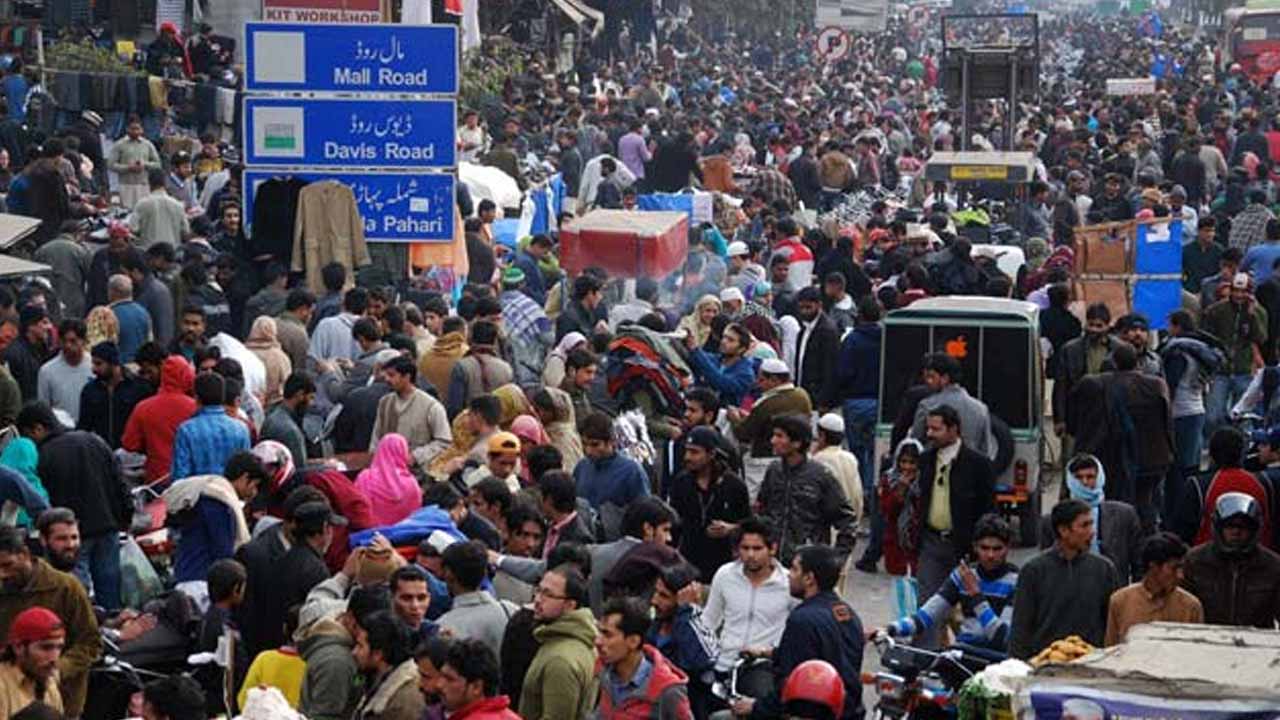ISLAMABAD, Pakistan: The total population of Pakistan has risen to 241.49 million with a growth rate of 2.55 percent, according to the final approved results of 7th Population and Housing Census.
The Council of Common Interest (CCI) has approved the results of the first ever Digital Census of Pakistan with consensus in its 50th Meeting held on Saturday under the Chairmanship of Prime Minister Shahbaz Sharif.
The meeting was also attended by Chief Ministers from all provinces.
The 7th Population and Housing Census was started on March 01, 2023 and has counted 241.49 million people across Pakistan with a growth rate of 2.55 percent as reported by the Pakistan Bureau of Statistics (PBS).
The administrative unit wise breakdown of Population and Annual Growth Rate is as follows:
Administrative Unit |
Population (million) |
Annual Growth Rate % |
||||
1998 |
2017 |
2023 |
1998 |
2017 |
2023 |
|
| Pakistan | 132.35 | 207.68 | 241.49 | 2.69 | 2.40 | 2.55 |
| Khyber Pakhtunkhwa (KP) | 20.92 | 35.50 | 40.85 | 2.72 | 2.82 | 2.38 |
| Punjab | 73.62 | 109.68 | 127.68 | 2.64 | 2.13 | 2.53 |
| Sindh | 30.44 | 47.85 | 55.69 | 2.80 | 2.41 | 2.57 |
| Balochistan | 6.57 | 12.34 | 14.89 | 2.47 | 3.37 | 3.20 |
| Islamabad | 0.81 | 2.01 | 2.36 | 5.19 | 4.91 | 2.18 |
The Urban Rural Distribution of Population is as under:
Administrative Unit |
Rural Population % |
Urban Population % |
||||
1998 |
2017 |
2023 |
1998 |
2017 |
2023 |
|
| Pakistan | 67.5 | 63.56 | 61.18 | 32.5 | 36.44 | 38.82 |
| Khyber Pakhtunkhwa (KP) | 83.1 | 83.45 | 84.99 | 16.9 | 16.55 | 15.01 |
| Punjab | 68.7 | 63.14 | 59.30 | 31.3 | 36.86 | 40.70 |
| Sindh | 51.1 | 48.11 | 46.27 | 48.9 | 51.89 | 53.73 |
| Balochistan | 76.7 | 72.38 | 69.04 | 23.3 | 27.62 | 30.96 |
| Islamabad | 34.4 | 49.63 | 53.10 | 65.6 | 50.37 | 46.90 |
The 7th Population and Housing Census is historic, as this largest digitization exercise of South Asia was planned in a shortest span of time i.e., just 19 months.
Further, for the first time, the population of Pakistan was counted digitally using tablets. For the first time facility of Self-Enumeration was provided to the citizens of Pakistan.
This census has also provided economic frame to determine the size of economic clusters across the Country. All the structures have been geo tagged. Online monitoring dashboards were provided to stakeholders.
All above-mentioned achievements make the First Digital Census a significant milestone and a huge leap towards digitation.
The census data helps governments to decide how to distribute funds and assistance to provinces, districts, and localities. It is also used for reappropriation of National Assembly seats by drawing the lines of legislative districts.
The PBS is highly obliged to all the officials of PBS, stakeholders, field staff and general public for their participation, tiring efforts, and cooperation to successfully complete the 7th Population and Housing Census.
